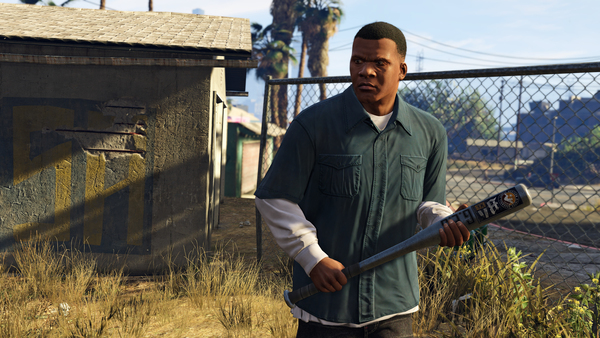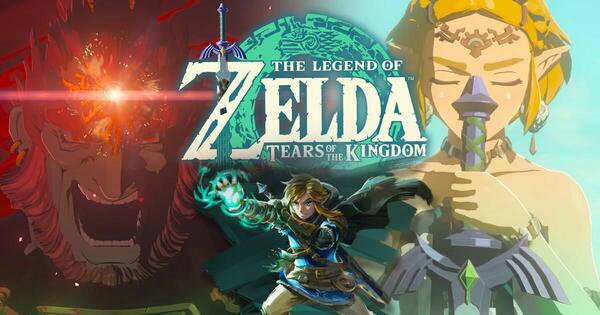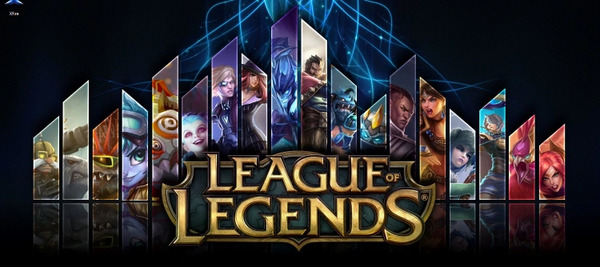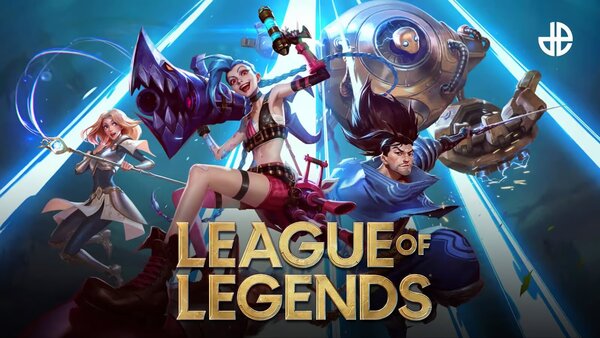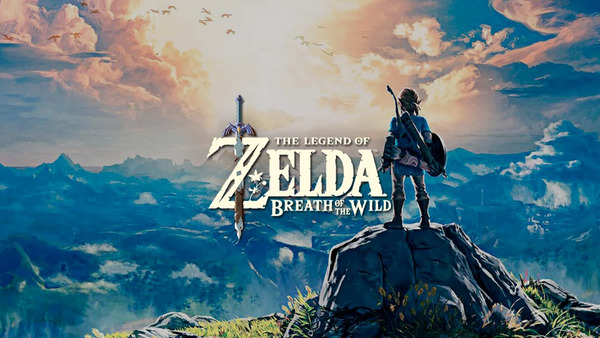Valorant – Tactical Shooter Evolved
Introduction: Precision, Strategy, and Global Esports Power
Valorant, developed and published by Riot Games, is a free-to-play 5v5 tactical first-person shooter (FPS) that combines precision gunplay with unique agent abilities. Launched in 2020, it has quickly grown into one of the most influential shooters on the competitive gaming scene — merging the strategic depth of Counter-Strike with the flair and abilities seen in Overwatch.
With a growing roster of agents, rotating maps, regular seasonal content, and a thriving esports ecosystem, Valorant is a genre-defining title for players seeking fast-paced, high-skill action.
1. Core Gameplay Mechanics
Valorant follows a round-based format where teams alternate between attacking and defending. Each round rewards precision, communication, and economy management.
Pros:
-
Tight gunplay that rewards accuracy and timing
-
Round economy adds depth and tension
-
Balanced utility use via agent abilities
Cons:
-
High learning curve for new players
-
Matches can feel long for casual audiences
2. Agent System and Roles
Each agent in Valorant has unique abilities—ranging from smoke screens to healing drones—classified into roles: Duelist, Initiator, Controller, and Sentinel.
Pros:
-
Diverse abilities allow for varied strategies
-
Team compositions significantly affect outcomes
-
Frequent new agent additions keep meta fresh
Cons:
-
Some agents feel unbalanced at launch
-
Meta shifts can invalidate preferred playstyles
3. Weapons and Gunplay
Valorant features a full arsenal of weapons, from pistols to sniper rifles. Accuracy, recoil control, and one-tap headshots define the gunplay experience.
Pros:
-
Gun mechanics emphasize skill and control
-
Variety of weapons suits different player styles
-
Weapon skins offer aesthetic customization
Cons:
-
New players may struggle with recoil and movement mechanics
-
In-game economy punishes early missteps
4. Maps and Environmental Design
The game currently features a rotating pool of 7+ maps, each with unique callouts, layouts, and gimmicks (like teleporters or doors).
Pros:
-
Strategic diversity between maps
-
Regular map updates and reworks
-
Tactical advantage through verticality and utility use
Cons:
-
Some maps are attacker- or defender-sided
-
Limited map rotation may reduce variety
5. Ranked and Competitive Play
Valorant’s ranked mode offers a competitive ladder from Iron to Radiant, with performance-based MMR (Matchmaking Rating) and team dynamics.
Pros:
-
Transparent ranking system
-
Encourages teamwork and communication
-
Promotes steady skill development
Cons:
-
Toxic behavior or AFKs can ruin ranked experiences
-
Long queue times at higher tiers
6. Casual Modes and Seasonal Content
In addition to standard Unrated and Competitive modes, Valorant includes Deathmatch, Spike Rush, Escalation, and rotating seasonal modes.
Pros:
-
Casual modes are great for warm-up or quick games
-
Frequent events and game modes add variety
-
Battle Pass provides consistent rewards
Cons:
-
Casual modes lack long-term progression
-
Spike Rush can feel overly simplified
7. Visual and Audio Design
Valorant embraces a stylized visual approach with clean, colorful maps, readable silhouettes, and sharp VFX. Sound is a critical tactical element.
Pros:
-
Visual clarity is optimized for competitive play
-
Audio cues help detect footsteps, abilities, and direction
-
Skins and animations are polished
Cons:
-
Art style may not appeal to fans of hyper-realism
-
Some skins have flashy effects that distract in gameplay
8. Skin Economy and Monetization
Valorant is free-to-play but monetizes through premium skins, Battle Passes, bundles, and Valorant Points (VP)—its in-game currency.
Pros:
-
No pay-to-win advantages
-
Weapon skins and animations are high quality
-
Battle Pass offers steady cosmetic progression
Cons:
-
Premium skins can be extremely expensive
-
Limited-time bundles create FOMO pressure
9. Esports and Competitive Scene
Valorant’s official esports circuit, the Valorant Champions Tour (VCT), has become a global sensation, featuring regional leagues, Masters events, and the Valorant Champions finale.
Pros:
-
High-quality, Riot-backed competitive structure
-
Local and international talent development
-
Inspires in-game strategies and meta shifts
Cons:
-
Limited entry points for amateur players
-
Some regions lack strong infrastructure
10. Community, Updates, and Developer Support
Riot Games has built a strong community feedback loop with regular updates, new content drops, agent balancing, and anti-cheat improvements via Vanguard.
Pros:
-
Consistent patch cadence and communication
-
Dev blogs and Q&As show transparency
-
Active anti-cheat enforcement
Cons:
-
Vanguard has sparked privacy concerns among players
-
Balance updates can sometimes overcorrect
Conclusion: A Masterclass in Competitive Shooter Design
Valorant has carved out a distinct niche in the tactical FPS genre by blending tight gunplay, strategic depth, and character-driven flair. It’s not just a shooter—it’s a mental chess match with explosive outcomes.
Whether you’re climbing the ranked ladder, perfecting one-taps in Deathmatch, or watching the VCT Finals, Valorant delivers a rich, rewarding experience for both casual and hardcore players. With Riot’s continued support and innovation, Valorant is poised to remain a leader in competitive gaming for years to come.




















